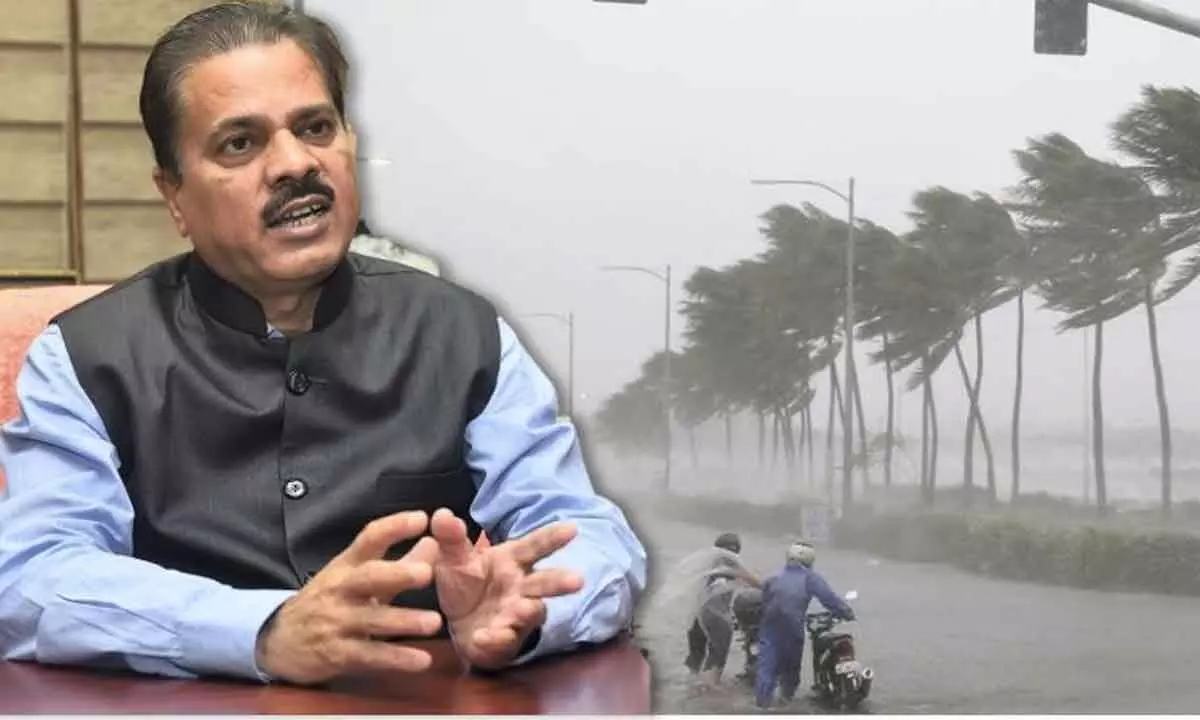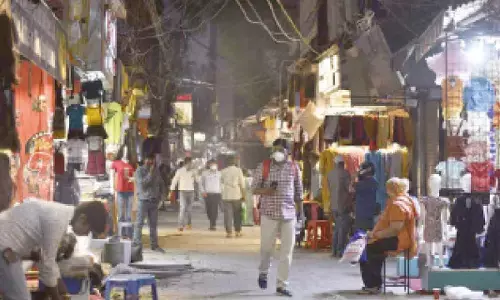Climate change making prediction difficult

IMD DG Mrutyunjay Mohapatra
Climate change has hampered the ability of the forecasting agencies to accurately predict severe events and weather bureaus across the world are focusing on augmenting the observational network density and the weather prediction modelling to improve predictability
New Delhi: Climate change has hampered the ability of the forecasting agencies to accurately predict severe events and weather bureaus across the world are focusing on augmenting the observational network density and the weather prediction modelling to improve predictability, India Meteorological Department (IMD) Director General Mrutyunjay Mohapatra has said.
The IMD DG said that though the monsoon rainfall has not shown any significant trend in the country, the number of heavy rainfall events has increased and that of light rainfall events has decreased due to climate change. "We have got the digital data of the monsoon rainfall since 1901. Parts of north, east and northeast India show a decrease in rainfall, while some areas in the west, such as west Rajasthan, show an increase in precipitation. Thus, there is no significant trend if we consider the country as a whole -- the monsoon is random and it shows large-scale variations," the IMD chief said when asked about the impact of climate change on the Indian monsoon.
On July 27, the government had told Parliament that Uttar Pradesh, Bihar, West Bengal, Meghalaya and Nagaland have shown significant decreasing trends in the southwest monsoon rainfall during the recent 30-year period (1989-2018, both years included). The annual rainfall over these five states, along with Arunachal Pradesh and Himachal Pradesh, has also shown significant decreasing trends, it said.
Mohapatra said an analysis of the day-to-day rainfall data since 1970, however, shows that the number of very heavy rainfall days has increased and that of light or moderate rainfall days has decreased. "That means if it is not raining, it is not raining. If it is raining, it is raining heavily. The rainfall is more intense when there is a low-pressure system. This is one of the most important trends found in the tropical belt, including India. Studies have proved that this increase in heavy rainfall events and decrease in light precipitation are due to climate change," he said in an interview.
The senior meteorologist explained that climate change has increased the surface air temperature, which in turn has increased the evaporation rate.
"Climate change has increased the instability in the atmosphere, leading to an increase in convective activity -- thunderstorms, lightning and heavy rainfall. The severity of cyclones in the Arabian Sea is also increasing. This increase in the frequency of extreme weather events is posing a challenge to forecasters. Studies show that the ability to predict heavy rainfall is hampered due to climate change," he said.
The IMD is bolstering its observational network with the augmentation of radars, automatic weather stations and rain gauges and satellites to improve predictability. Its forecast accuracy has improved by about 30 to 40 per cent for severe weather events like cyclones, heavy rains, thunderstorms, heat waves, cold waves and fog in the last five years due to an improvement in the observational network, modelling and computing systems of the IMD and the Ministry of Earth Sciences (MoES).













